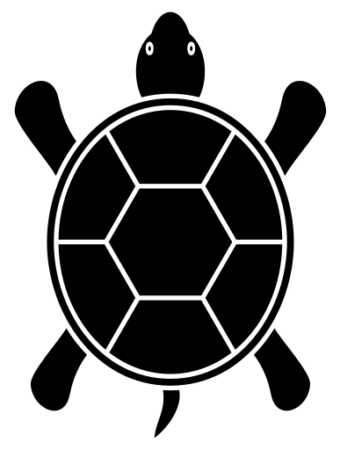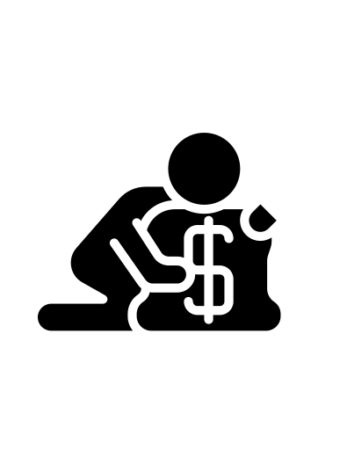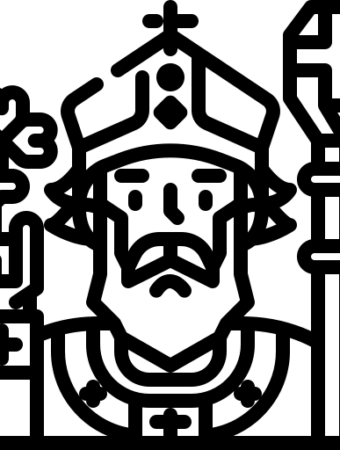These days everyone does content marketing, but they don’t find success because everyone is doing the same thing.
Find people, brands, businesses, etc. on Facebook, Twitter, Instagram, or even Snapchat, YouTube, Medium, LinkedIn, etc. Sign up for their email newsletters! Many people and businesses still maintain their own personal blogs.
When you establish yourself on any of these platforms, the game all of the sudden becomes all about likes, shares, views, reach, impressions, etc. You measure your success based on traffic or the number of subscribers.
As a result, you constantly think about pumping out more and more content. You have to keep up with everyone else, right? You have to keep posting.
Here’s the thing. People are getting good at creating content. Tools make it easier to create great images for Instagram or high-quality videos for YouTube. Everyone is using the same tools and using the same tactics and the content you see on these platforms all become the same.
For example, I am burnt out by the number of Instagram images with motivational quotes. Everyone is doing it. I’m responsible, too, for doing it.
So, how do you stand out from the crowd when doing content marketing?
Here is something that will completely shift the way you think about content marketing:
Think first about the context in which your audience will use your content.
In other words:
When, exactly, will your audience see and engage with your content?
What, exactly, will your content help your audience do?
This is the heart of context marketing. You have to think about the context first, then start to plan the kind of content you create and share. Stop sharing mindlessly and copying what other people are doing.
This turns your content into a service rather than an interruption.
Here is one of my favorite examples:
TheSkimm sends out their daily email newsletter at 6:00 a.m. every morning not because that is the time they will get the most opens. They send it at 6:00 a.m. because they can visualize the context in which the email is opened: the first thing people do in the morning when they wake up is quickly check their emails. They want to help their audience of busy, young, professional women be informed about what is going on in the world when they go into the office.


